As the world grapples with environmental concerns, industries across the board are revising their practices to promote sustainability. The roofing industry, traditionally reliant on resource-heavy materials, is making notable strides in transforming its practices. Roofing companies are increasingly focusing on conservation efforts to align with global sustainability goals. Let's explore how these companies are integrating conservation efforts into their operations, the benefits of these changes, and what the future holds for sustainable roofing.
Using Sustainable Materials
One of the primary ways roofing companies contribute to conservation is through the use of sustainable materials. Traditionally, roofing materials come with a heavy environmental footprint due to the extraction, transportation, and manufacturing processes involved. However, many companies are now opting for materials with far less impact on the environment. Recycled metal roofing, for instance, is gaining traction because, according to Insider, metal roofs are nearly 100% recyclable. This not only reduces waste going into landfills but also minimizes the resources required to create new roofing materials from scratch.
Other sustainable materials gaining popularity in the industry include clay tiles, which are durable, natural, and energy-efficient. These materials have been used for centuries, but modern manufacturing processes have made them more accessible and affordable. The choice of these sustainable options is a deliberate effort by roofing companies to reduce reliance on harmful or nonrenewable resources. The focus on sustainability is also motivating roofing companies to find ways to increase the lifespan of these materials, thereby reducing the frequency of replacement and waste.
Prioritizing Energy Efficiency
In addition to material choice, roofing companies are making significant strides in improving energy efficiency. Innovative technology helps reduce the need for air conditioning in buildings, significantly lowering energy consumption. The installation of energy efficient roofs not only help reduce a building's overall energy footprint but also contributes to mitigating the urban heat island effect, where urban areas become significantly hotter than surrounding rural areas.
In many parts of the world, local governments have introduced energy efficiency standards for new construction and renovation projects. Roofing companies are meeting these requirements by adopting technologies that provide long-term energy savings for homeowners and businesses. By adopting such energy-efficient solutions, roofing companies are not only helping customers save on energy bills, but they also contribute to broader environmental goals.
Investing in Longevity and Durability
A further conservation method lies in extending the lifespan of roofing products. Longevity in roofing is a key factor in reducing the frequency of material replacement, which significantly conserves resources over time. Advanced coatings that provide weather resistance and protection from UV radiation are being developed to enhance the durability of roofing systems. These innovations ensure that roofs remain functional and effective for many years, minimizing the need for repairs and replacements.
By focusing on durability, roofing companies are not only conserving materials but also reducing the environmental impact of the construction process. The need for fewer replacements and repairs helps reduce the overall carbon footprint of buildings and minimizes the strain on natural resources. Additionally, products that last longer contribute to a reduction in landfill waste, as fewer old materials need to be disposed of. These extended-lifespan solutions offer a long-term benefit to both the environment and property owners, making them a win-win for sustainability efforts.
Improving Waste Management Practices
Another significant area where roofing companies are promoting conservation is through waste management practices. Many roofing projects involve tearing off old materials, which traditionally end up as construction waste. However, companies are increasingly implementing recycling programs to ensure that as much of this waste as possible is repurposed. This approach not only reduces the amount of waste going to landfills but also often decreases overall project costs, providing a financial incentive alongside environmental benefits.
By recycling roofing materials like asphalt shingles and metal, companies are diverting tons of waste from landfills each year. Roofing companies are also finding new ways to reuse materials that were previously discarded, such as repurposing old shingles for road construction or using salvaged materials in new building projects. This practice not only supports sustainability but also demonstrates the growing circular economy within the construction industry. As
roofing companies continue to refine their waste management systems, they are setting a strong example of how to integrate sustainability into every stage of the roofing process.
The roofing industry is embracing several conservation strategies to align with global sustainability goals. As these conservation strategies continue to evolve, they promise not only to decrease the environmental impact of roofing but also to encourage a wider acceptance of sustainable practices in construction and beyond. Roofing companies are playing a pivotal role in shaping a more sustainable future for the built environment. Contact R & JL Exteriors today to learn more.
OFFICE LOCATION
and surrounding areas



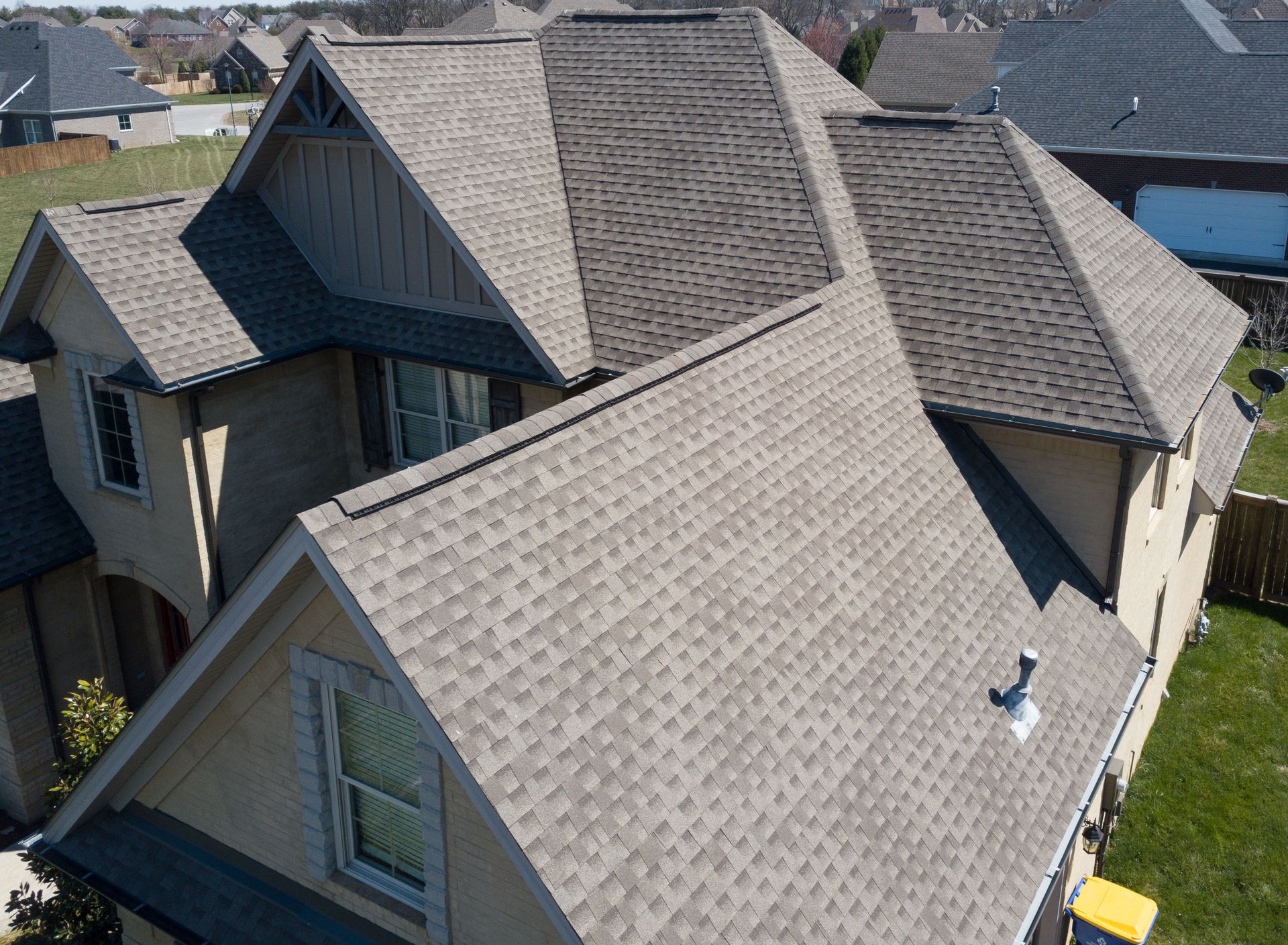
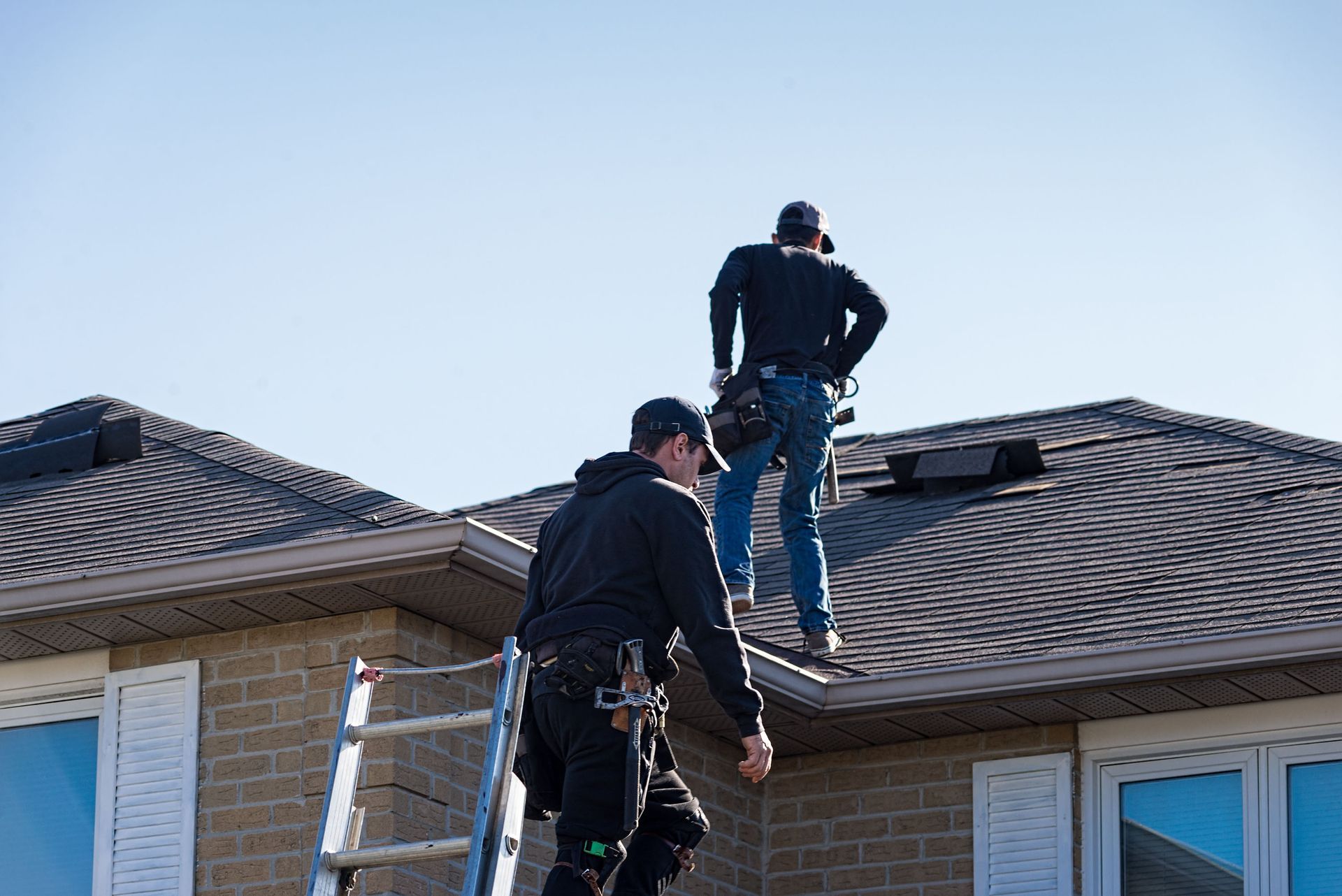
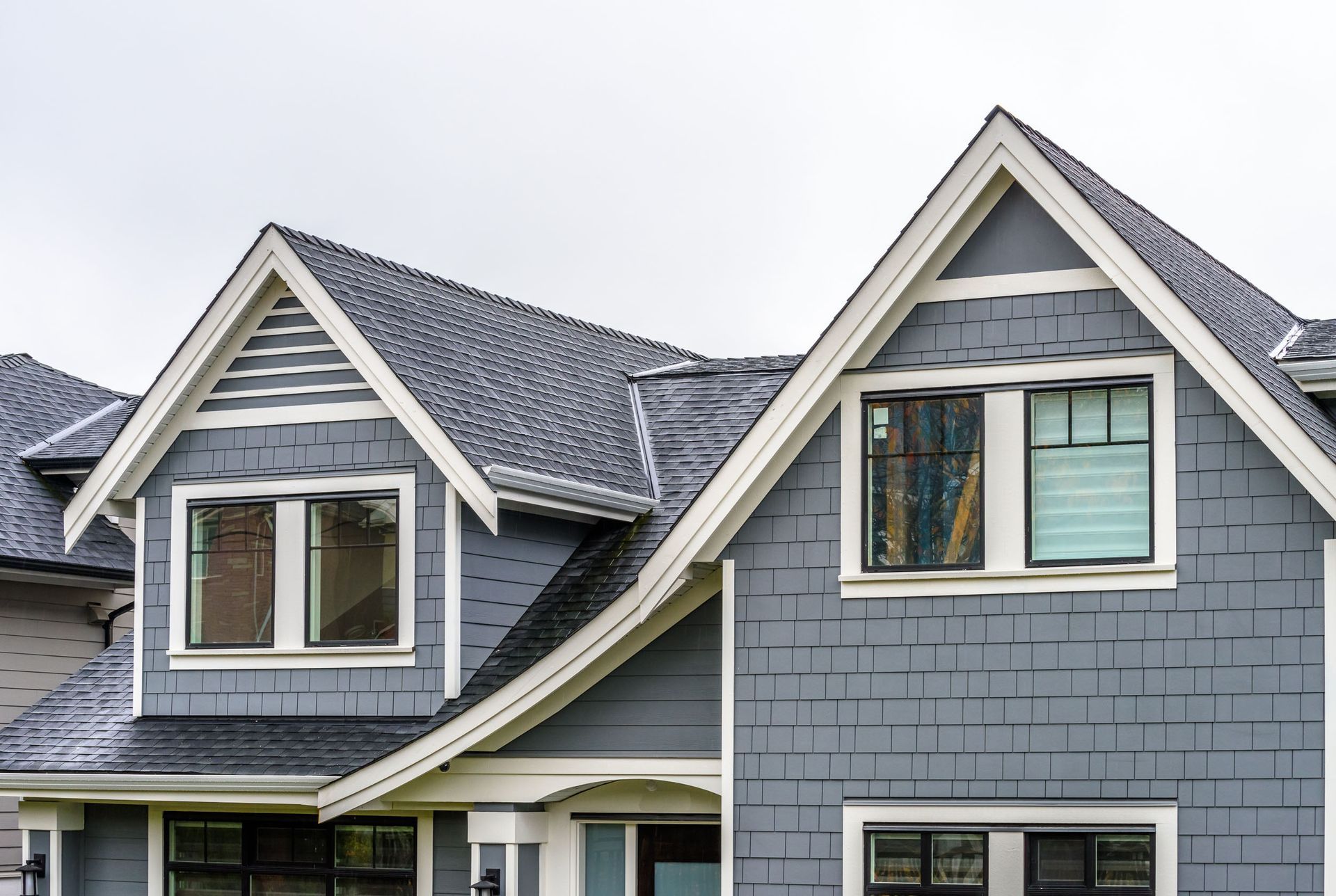
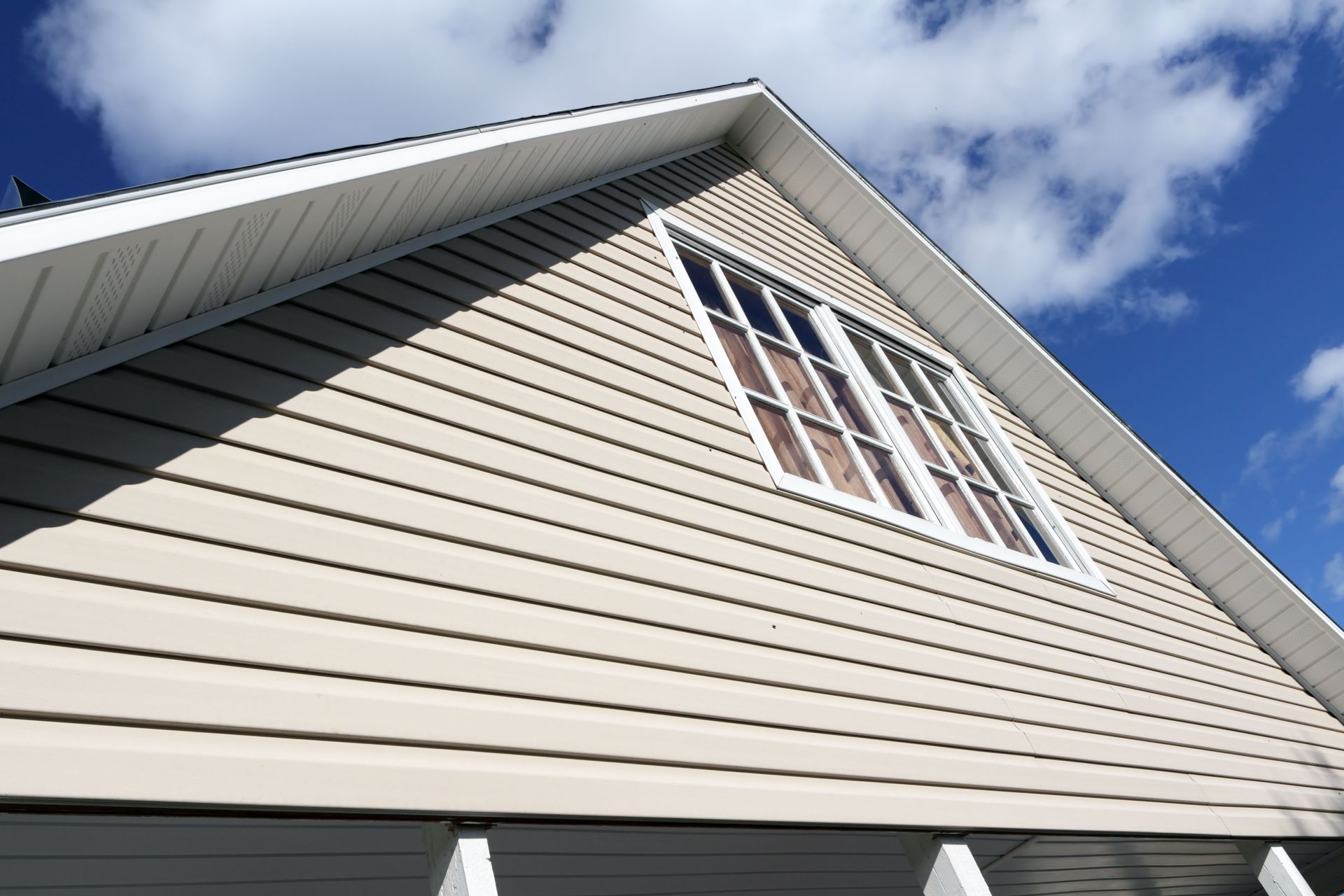
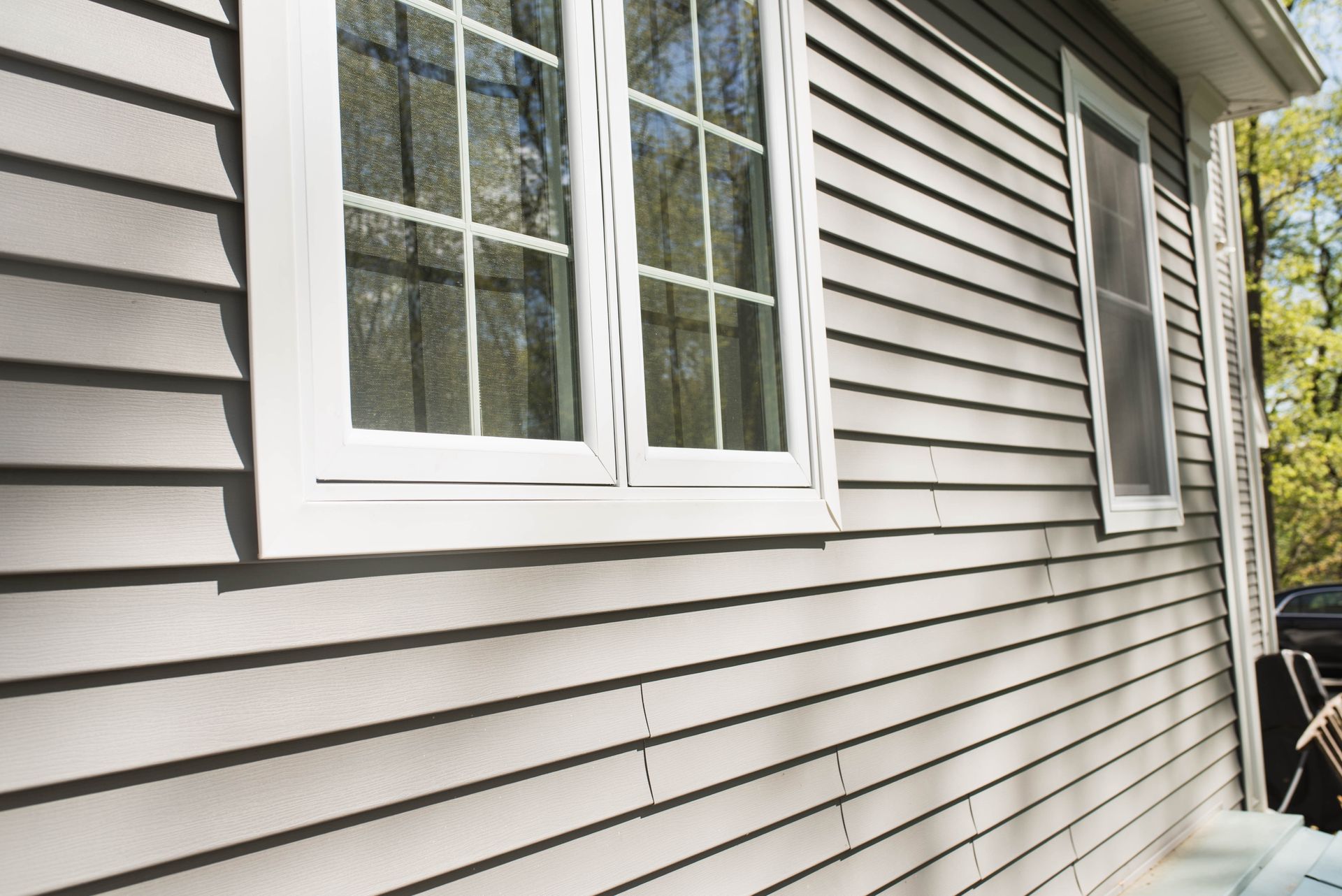
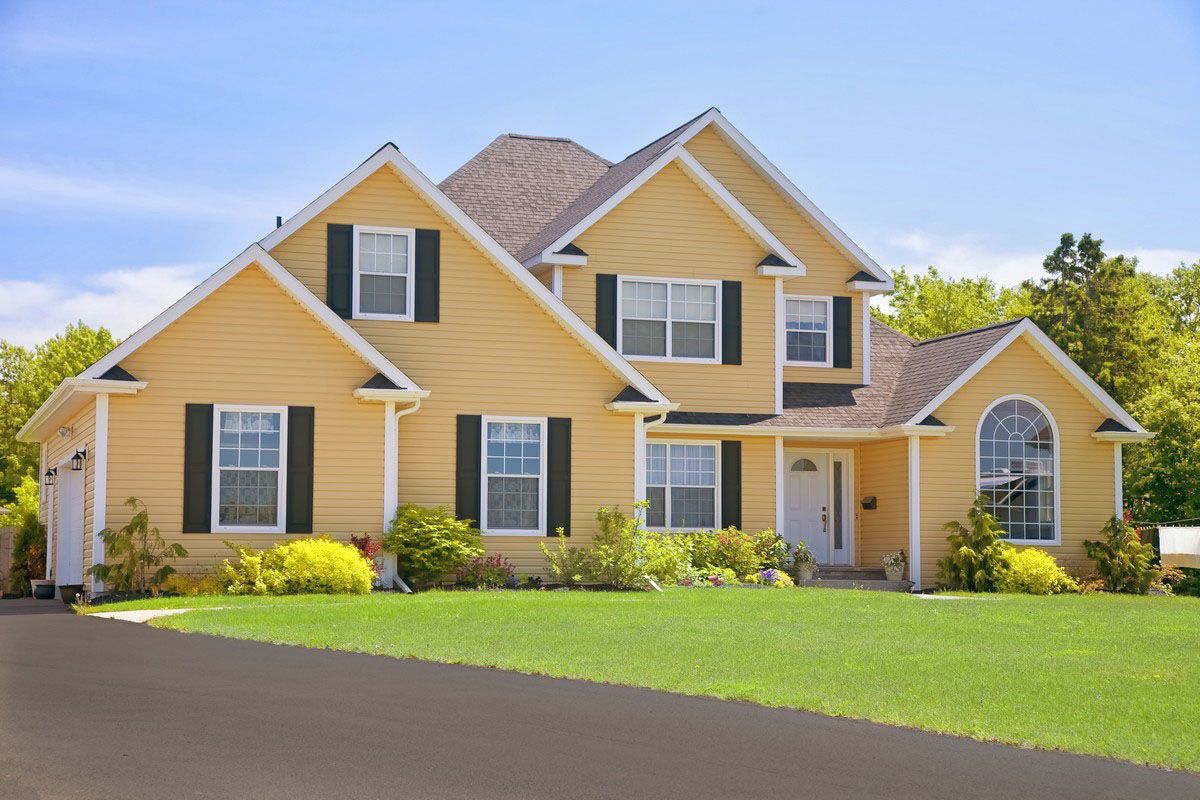
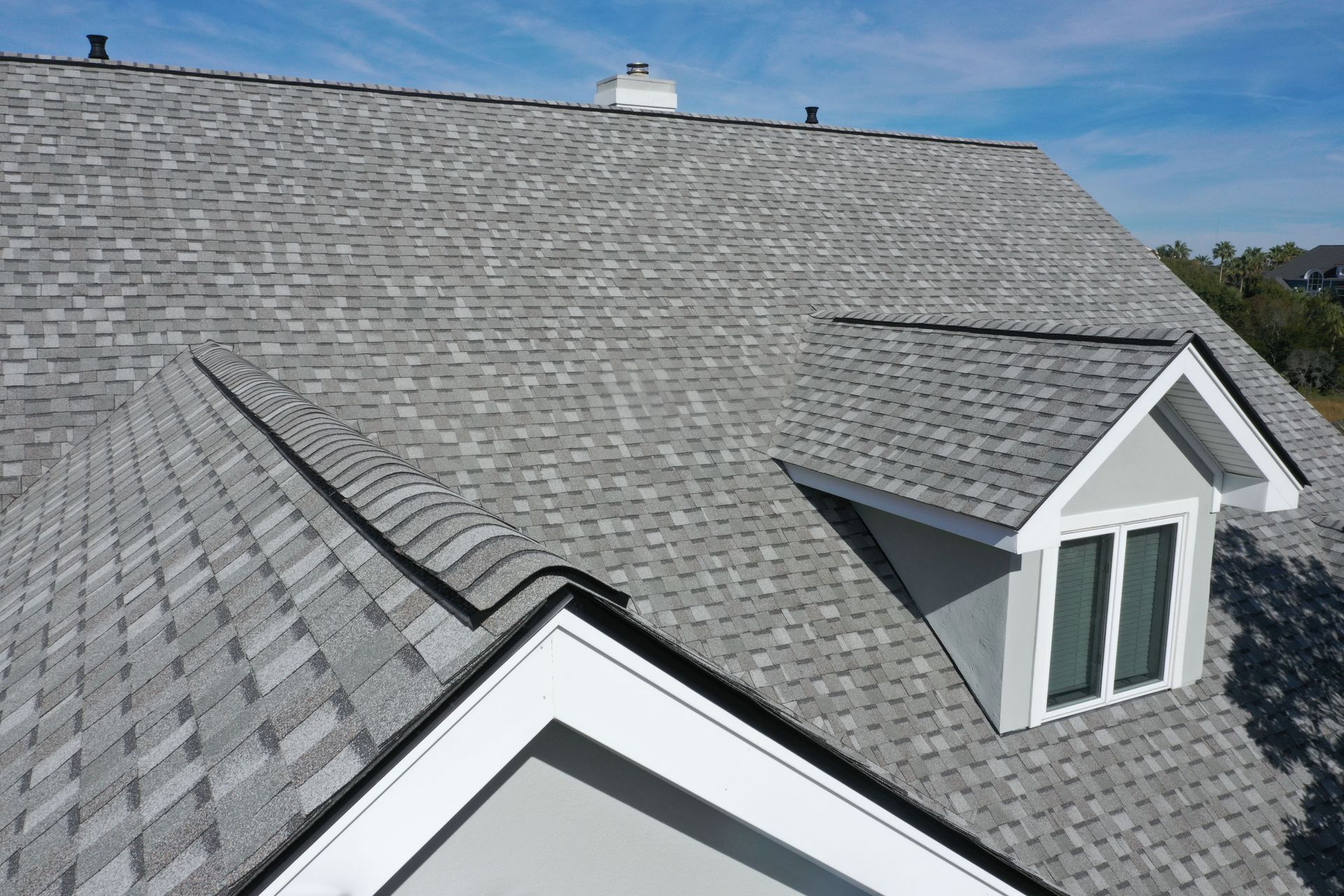
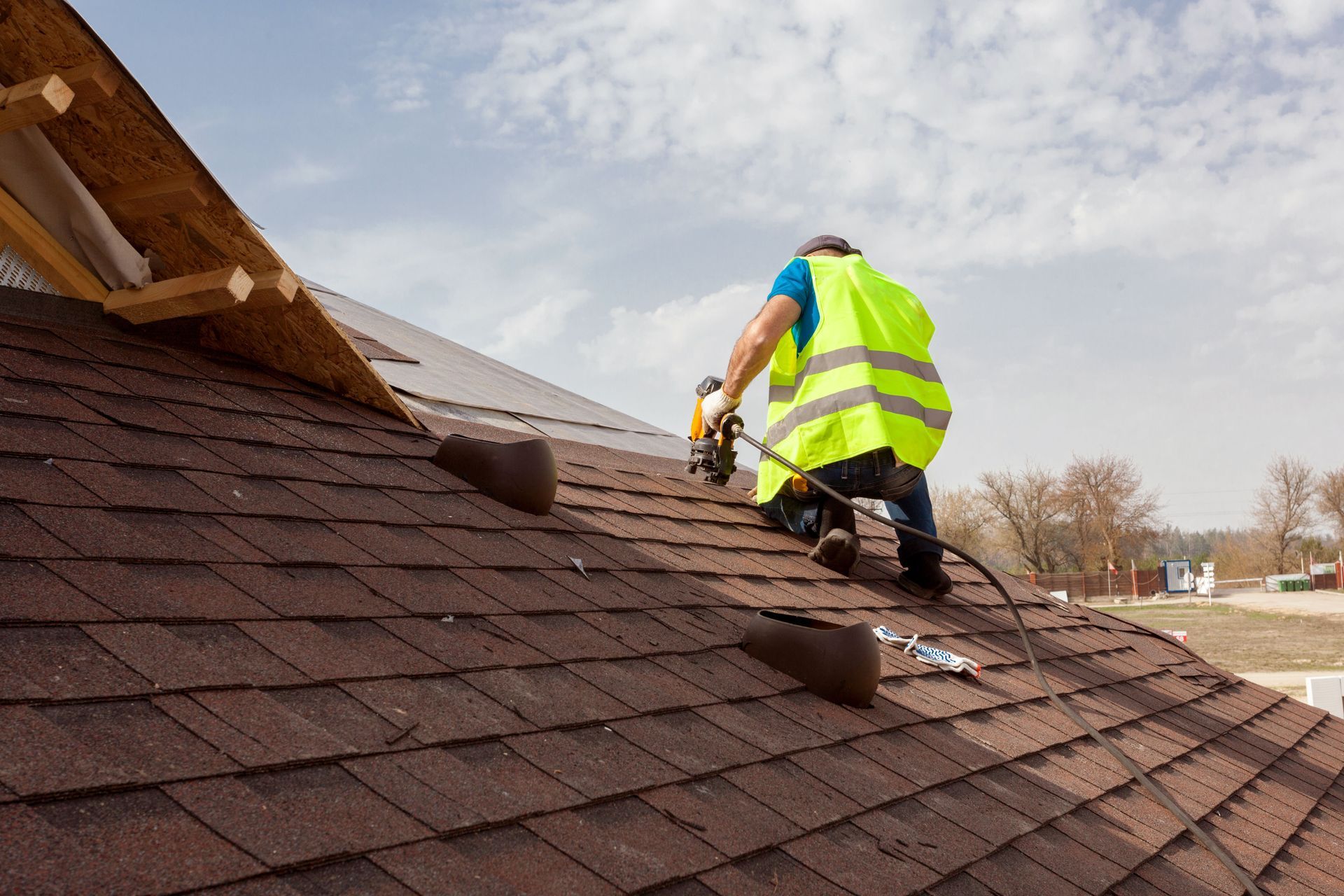
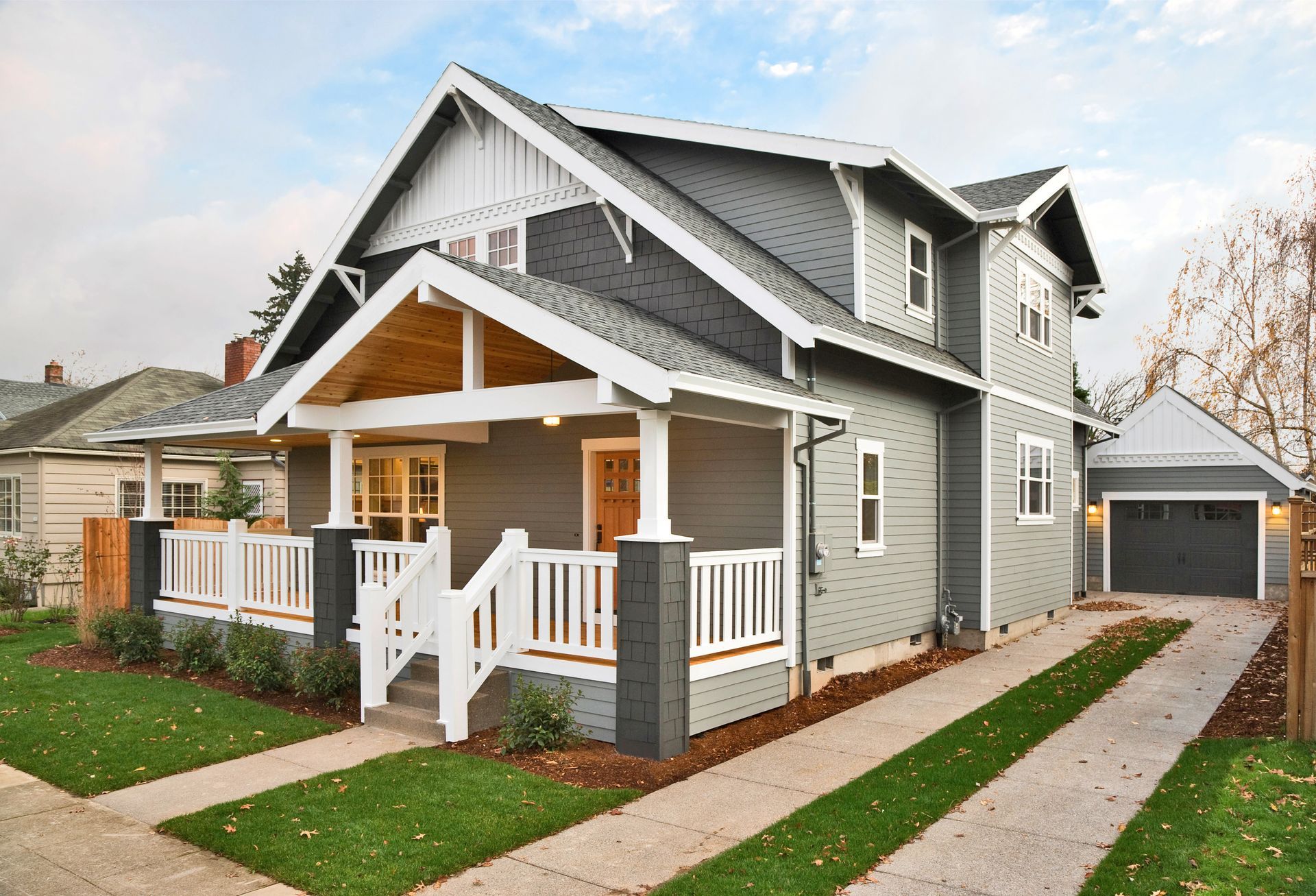
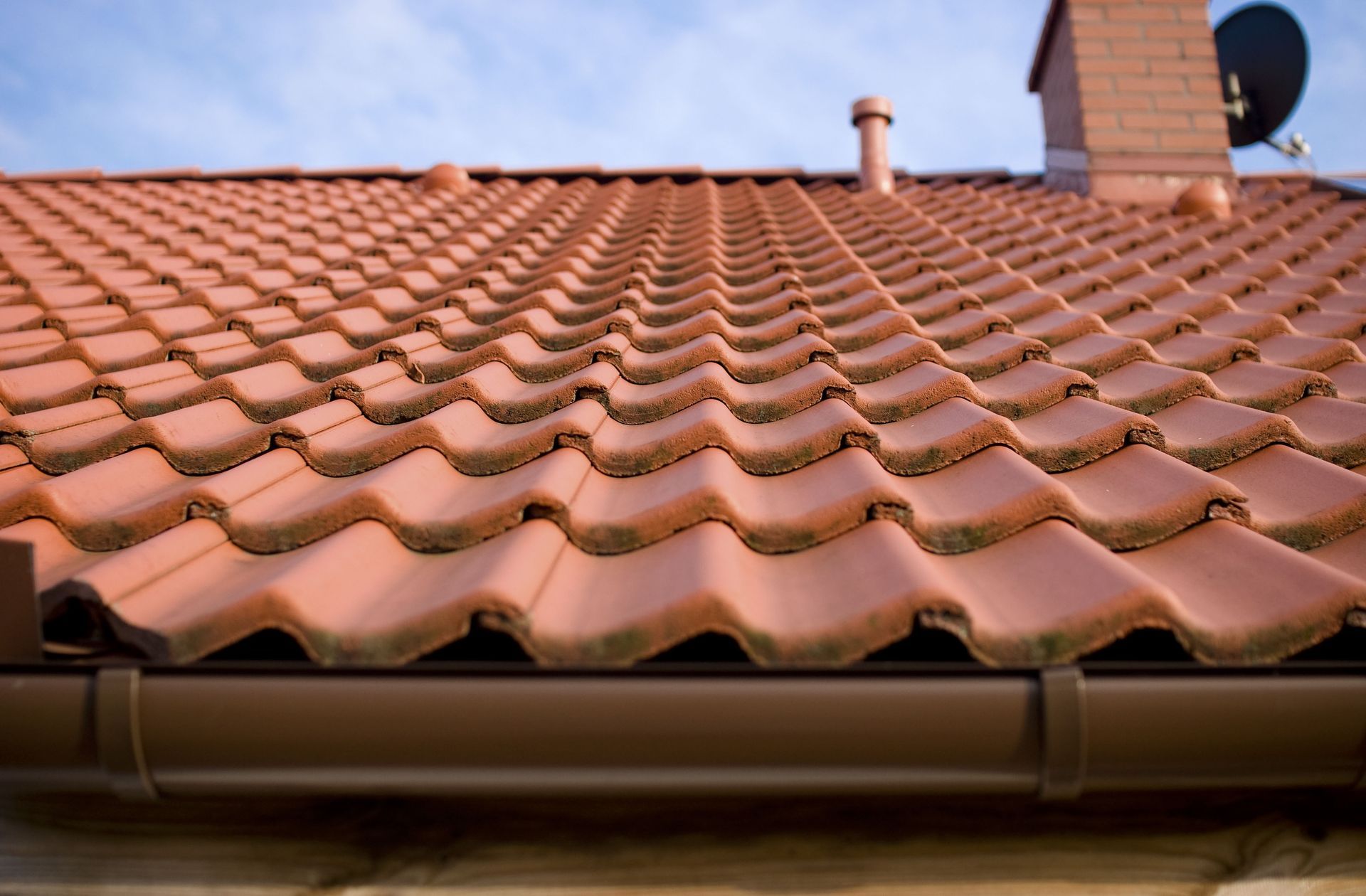
Share On: